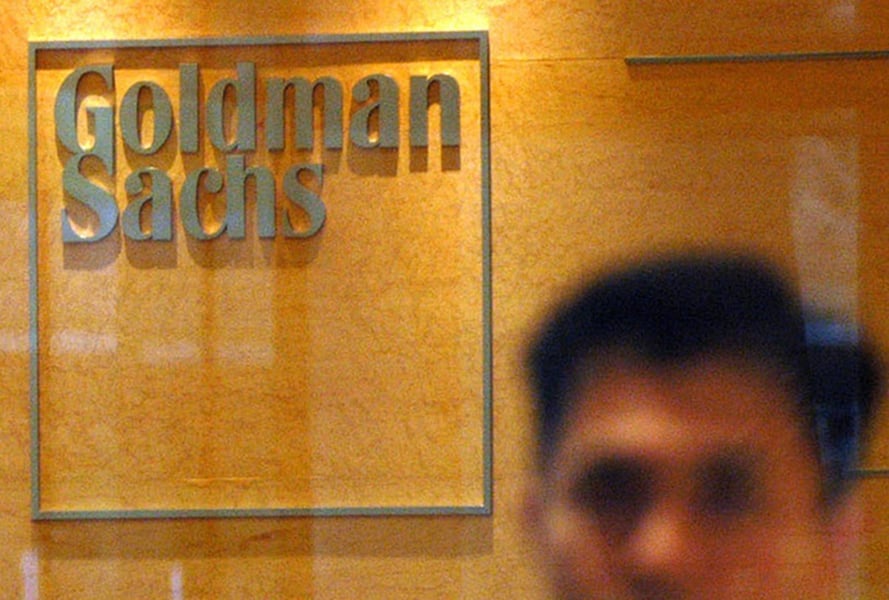Goldman Sachs Group Inc. agreed to buy a new distribution channel for its expanding
roster of exchange-traded funds.
The acquisition of Standard & Poor's Investment Advisory Services gives the bank another vehicle to bring its funds to investors through the creation of
model portfolios — ready-made packages of ETFs that its asset management arm will oversee. Goldman currently offers 18 ETFs, which together manage about $11.6 billion, or less than % of the $3.8 trillion market.
"We see it as a big opportunity for our ETF platform," Michael Crinieri, Goldman Sachs Asset Management's head of ETF strategy, said in a phone interview. "Our goal is to build ETFs that would be effective building blocks in these model asset allocation portfolios, so we see it as a driver of growth in the future."
(More: Goldman Sachs poses new threat to active mutual fund managers)
The deal is expected to close in the first half of 2019, Goldman Sachs Asset Management said in a statement Monday, without disclosing the terms of the agreement. Standard & Poor's Investment Advisory Services oversees about $33 billion in assets.
While model portfolios have existed for years, the ETF industry has been approaching the packages with a newfound urgency lately. The portfolios offer issuers a way to get their products into more hands and stand out in a marketplace of more than 2,000 funds.
The pitch to advisers is that they can focus more on the personal side of their jobs — spending time with clients and focusing on their wider financial health — rather than on making asset allocation choices with ETFs or single securities.
(More: Vanguard using ETF portfolios to turn advisers into life coaches)
"Our goal is to really provide cost-effective ETF model portfolios that will meet the needs of our adviser clients,'' Mr. Crinieri said.
Advisers will be able to choose from Goldman's model portfolios of ETFs — offered for free — as well as open-architecture model portfolios of third-party ETFs charging a fee. While the
Goldman models won't charge an additional fee, costs from the underlying ETFs will generate revenue for the firm.
Vanguard Group, State Street Corp. and
BlackRock Inc. all offer packages to advisers either directly or through various intermediary channels. While these fund providers typically charge nothing or very little for their models, the fees from the embedded ETFs are baked into the costs. And the packages give the issuers more control over how many products advisers buy.







